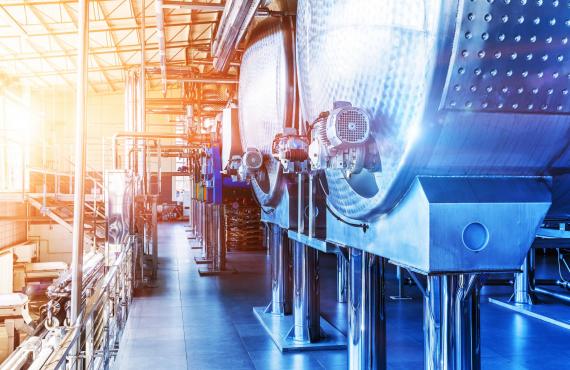Pharmaceutical
HPTLC is a flexible and cost-efficient analytical technique. It is used for quality control purposes and to screen for impurities. In addition, HPTLC is used for in-process control and during cleaning validation procedures.
The different analytical tasks in the chemical and pharmaceutical industries include process control during chemical synthesis, quality control and cleaning validation. For all manufacturers of consumer goods, pharmaceuticals, or lifestyle products optimized production processes with minimized interruptions between production cycles are required. Short analysis times allowing short change-over times between different products in the same production unit are therefore in demand. With HPTLC several samples can be analyzed simultaneously and often without or just with a minimal sample preparation. HPTLC is therefore suited as high sample throughput technique at low costs per sample. It also offers the unbeatable advantage to evaluating a plate at any stage of the analytical process and using several detection modes (e.g. UV, fluorescence) in sequence, if required. CAMAG’s instrumental systems are designed to meet the expert’s needs to quantify active ingredients, to successfully analyze various types of impurities in finished products, to control the stage of a production process (in-process control), and to allow clearance of a production unit in a cleaning validation.
HPTLC is the analytical method of choice in a defined cleaning strategy of Sanofi at their API production site in Aramon (France). This approach to clean production vessels and trains can be applied for cleaning of any production plant in any field worldwide and is described in the case study “Cleaning validation at API production units”.
Equip your lab with the CAMAG products that are most suitable for your specific needs and consult with us in the search for the solution to your analytical problems.
Customer Testimonial
"The use of CAMAG instrumentation (ATS 4, ADC 2, TLC Visualizer, TLC Scanner 3, visionCATS) helps us to quickly develop and optimize separation conditions, later transposed to preparative columns, and analyze products coming from these purifications. Clearly a method of choice in the field of fast development of new pharmaceutic molecules!"
Daniel Dron, ORIL

Matching CBS articles
Matching methods
Case studies
